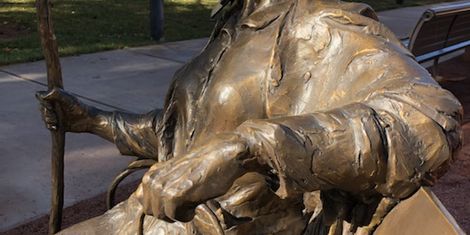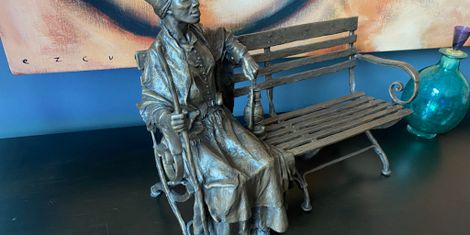Harriet Tubman statue in Howard Park



The City of South Bend has a once in a lifetime opportunity to permanently display a bronze statue of Harriet Tubman, the courageous and formidable leader of the Underground Railroad in Howard Park. Harriet Tubman not only fought for freedom but equality, civil rights, liberation, racial justice, and women’s rights. As many liberated slaves moved through the Underground Railroad north towards Canada, a natural path from Indiana into Michigan was found. Three main routes of the Underground Railroad have been identified in Indiana with one being from Posey to South Bend. Being located on the far northern border of the state, South Bend served as a last stop in Indiana for liberated slaves. Due to the consequences that abolitionists faced, little written evidence still exists about the Underground Railroad stops in South Bend and many of these historic sites have since been torn down, this statue will serve as a link to this part of our city’s history. While much of this history has been lost, we do know that there are two stops still in existence: the Bartlett Home and the Thomas Bulla Farmhouse. It has also been documented that a group of South Bend citizens prevented a Kentucky slave owner from capturing his liberated slaves, the local court stood by the citizens of South Bend and refused to give them up. Southeast of South Bend in Fountain City, the Levi Coffin House became known as the Grand Central Station of the Underground Railroad and is now listed as a National Historic Landmark. Nearby and to the northeast of South Bend, Vandalia, Michigan served as a juncture for the Underground Railroad and settling place for many of the newly liberated slaves. This statue will be seen as a linkage to these areas and show the import role the City of South Bend had in The Underground Railroad. With our city motto being “Peace” and the city being formally incorporated in the month after the Civil War, it only seems fitting to bring this statue to its new home in South Bend.